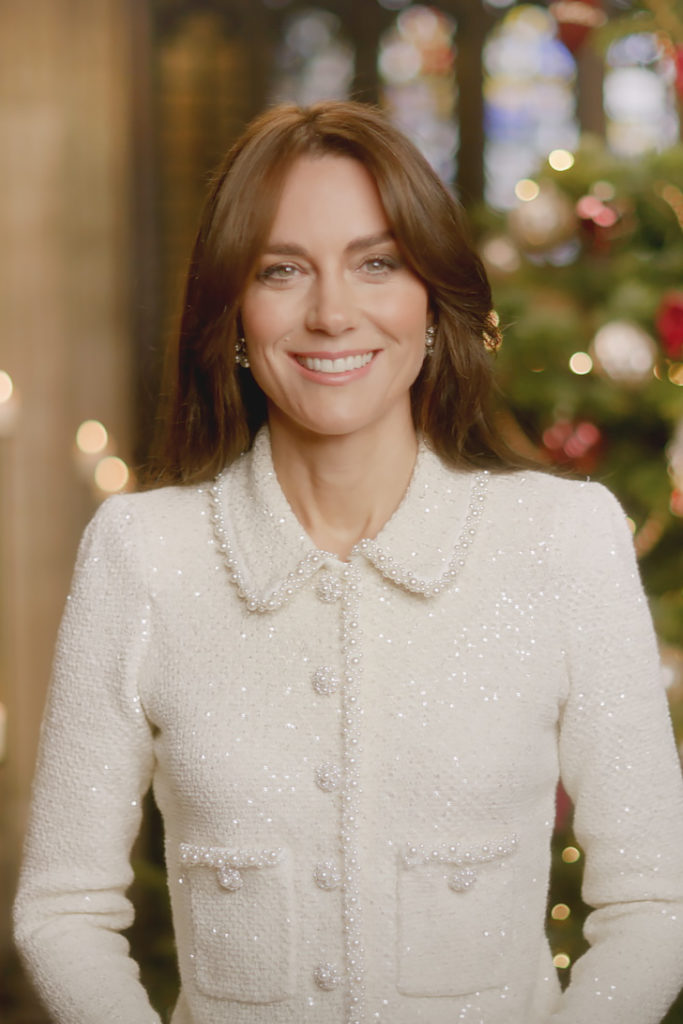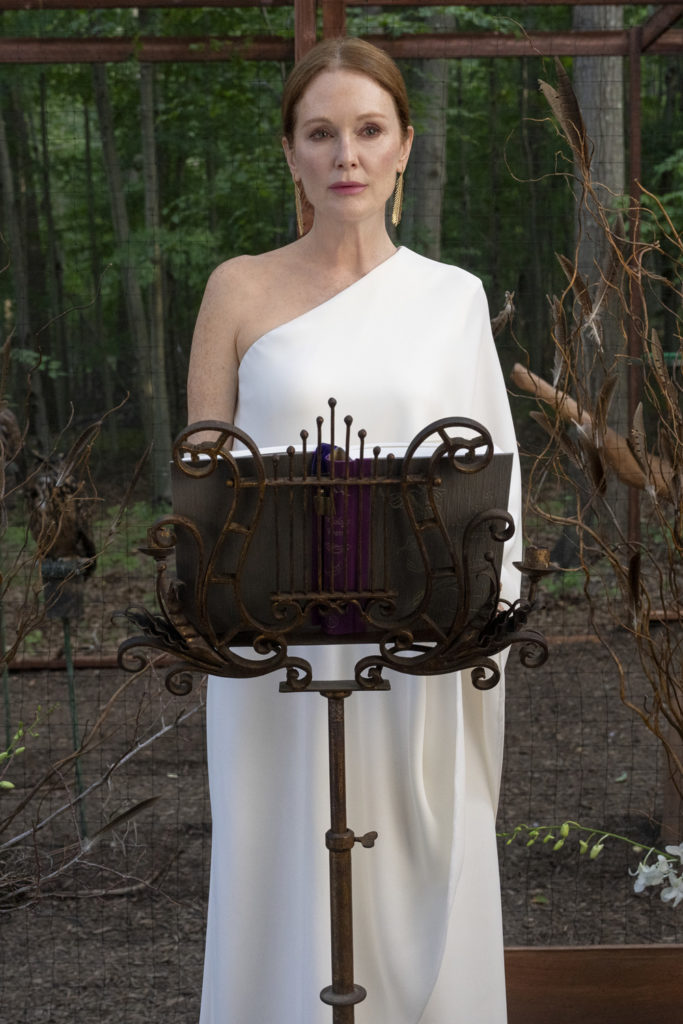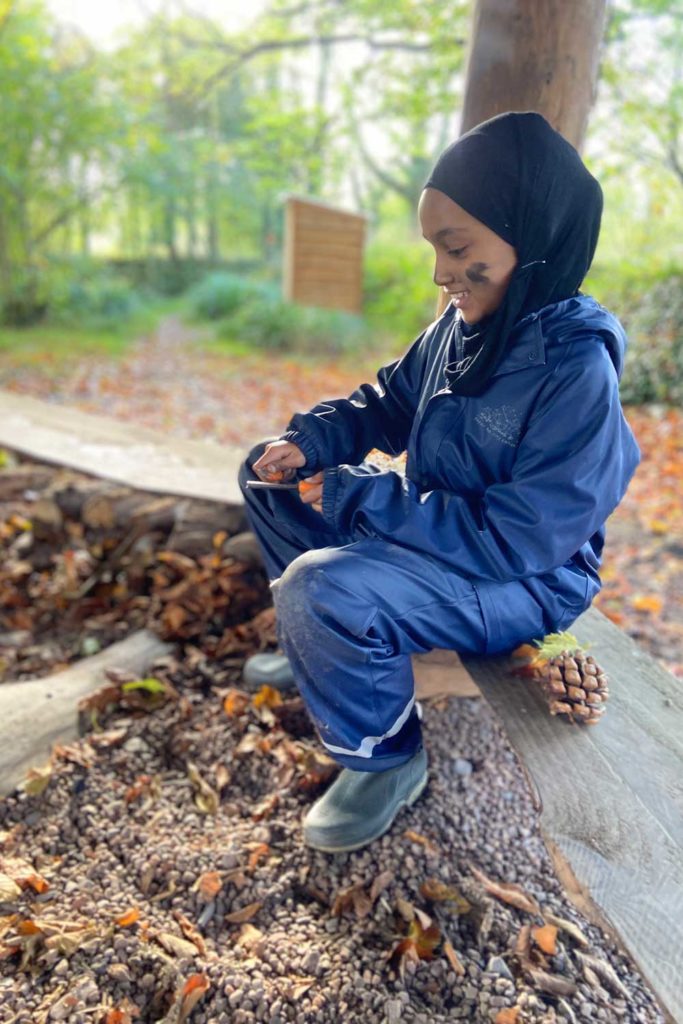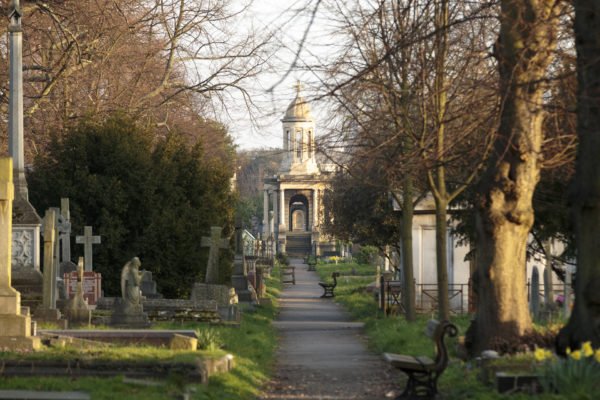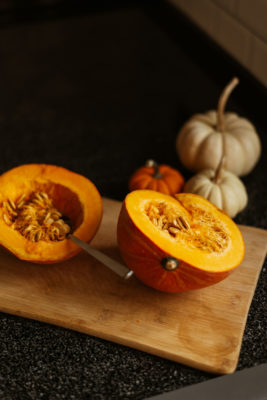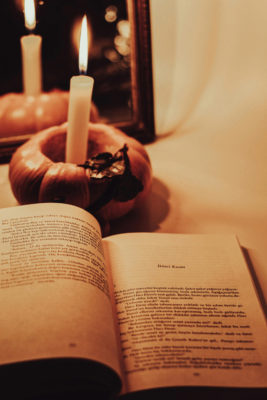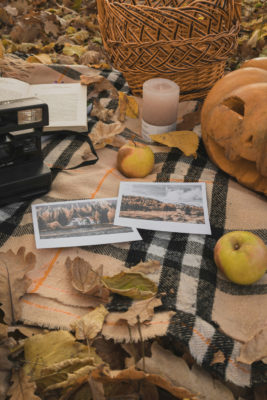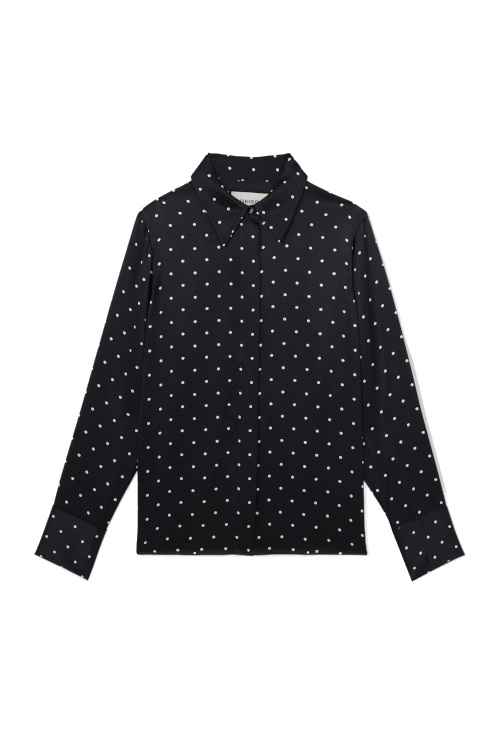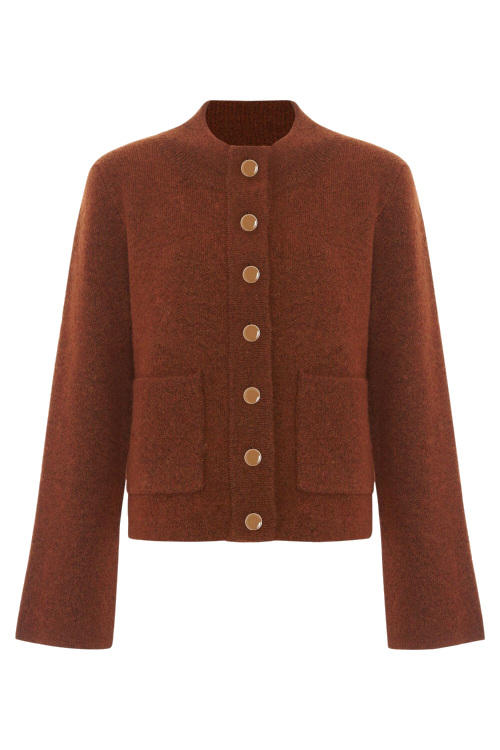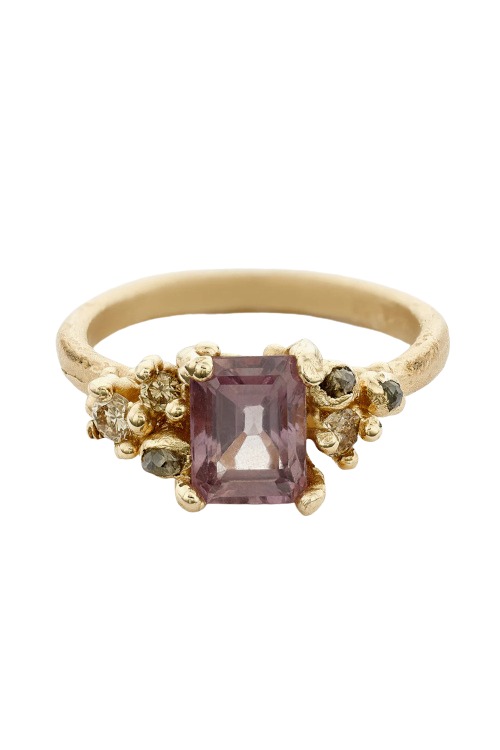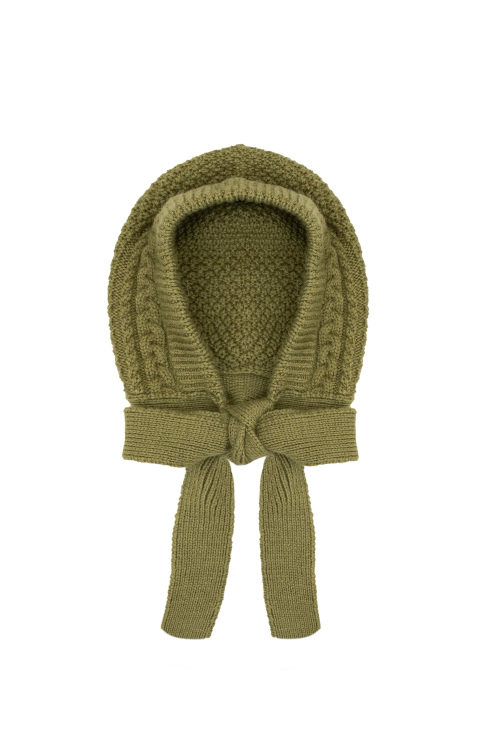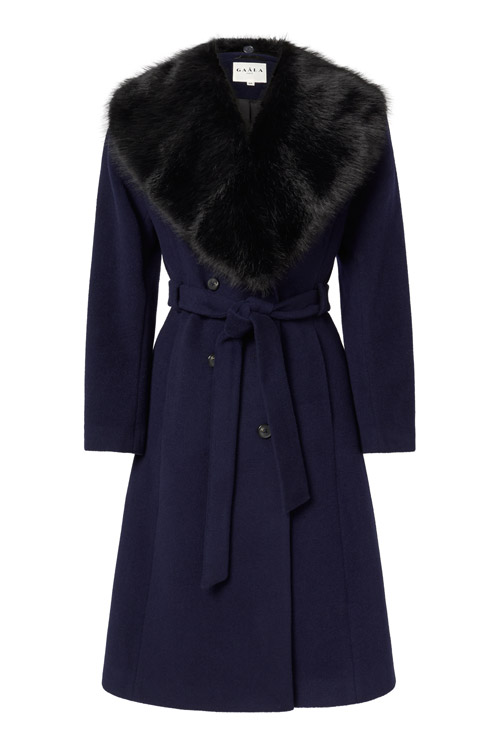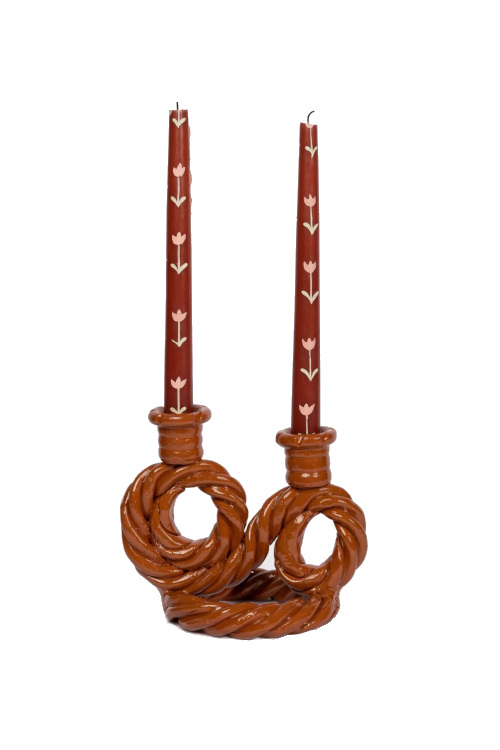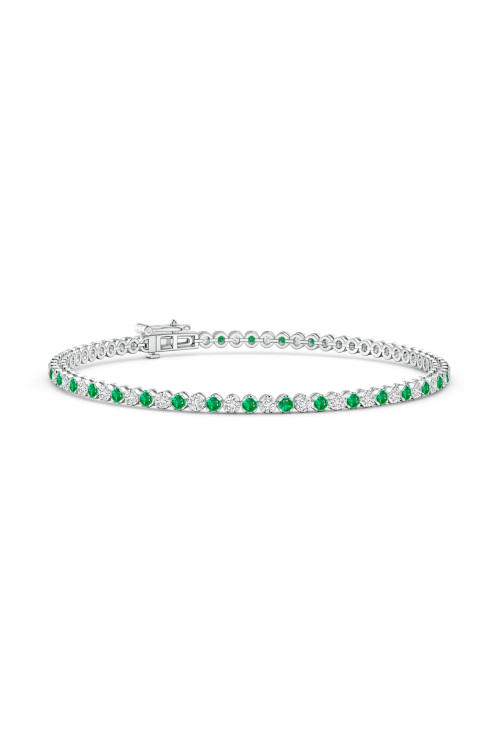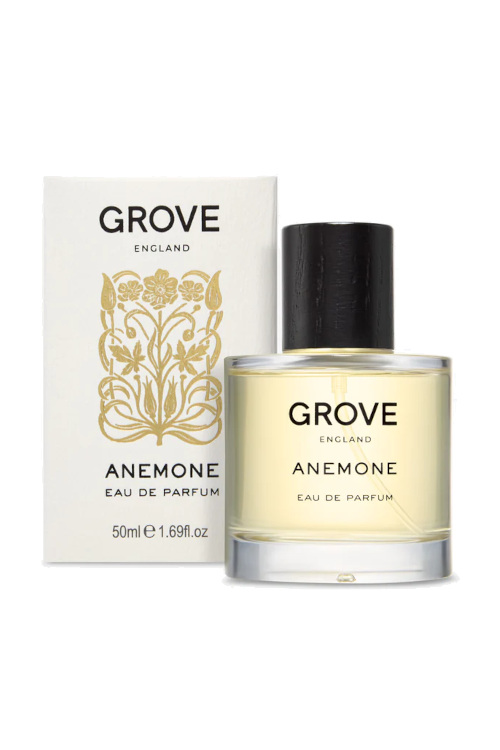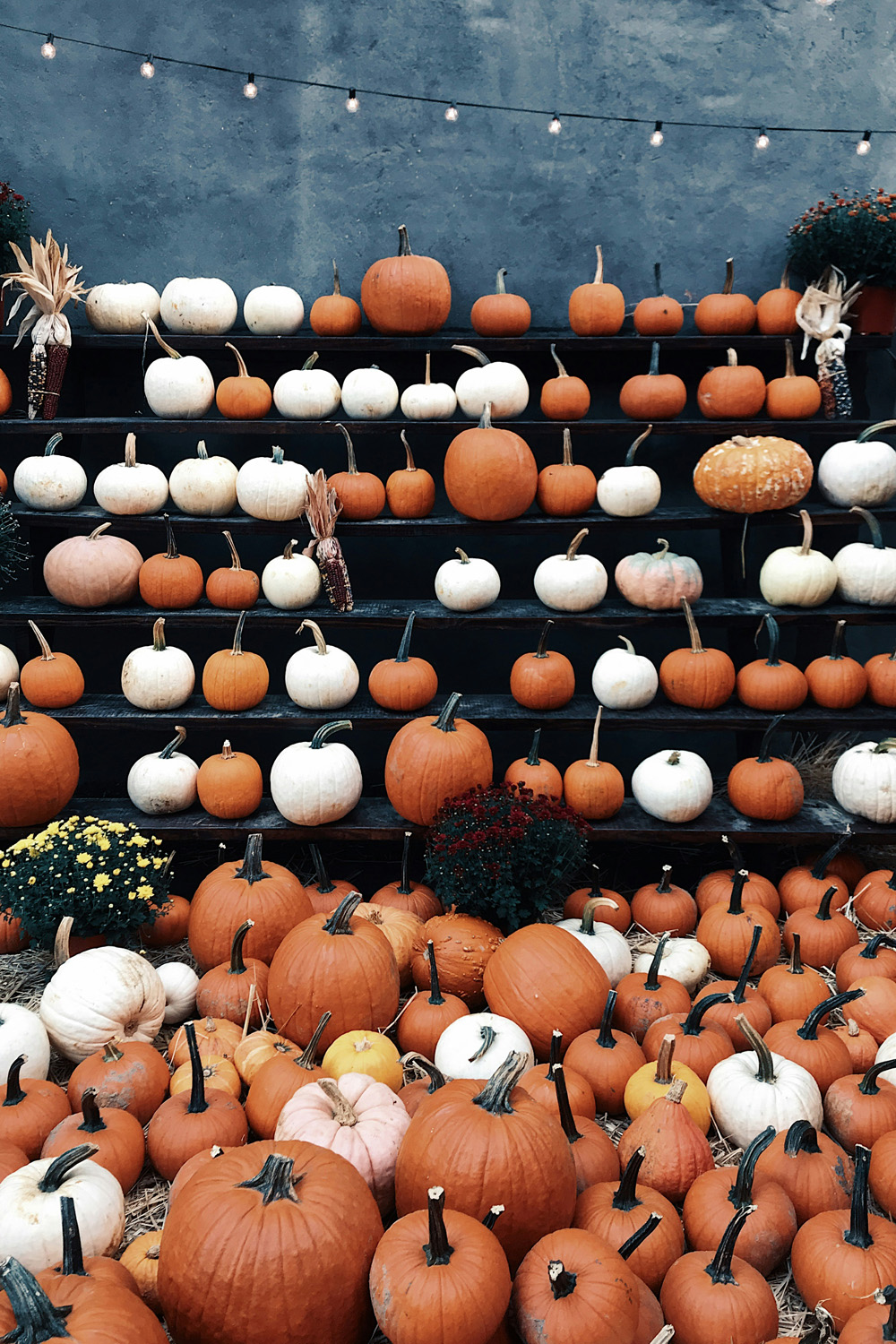
Why Do We Celebrate Halloween?
By
2 months ago
Inside the year’s spookiest night
Every year, naysayers wax lyrical about how Halloween is an American import. But is it? Most definitely not. Here’s a brief history of the spookiest night of the year, plus where some of the traditions come from.
MORE: How To Mark Halloween In Style In London
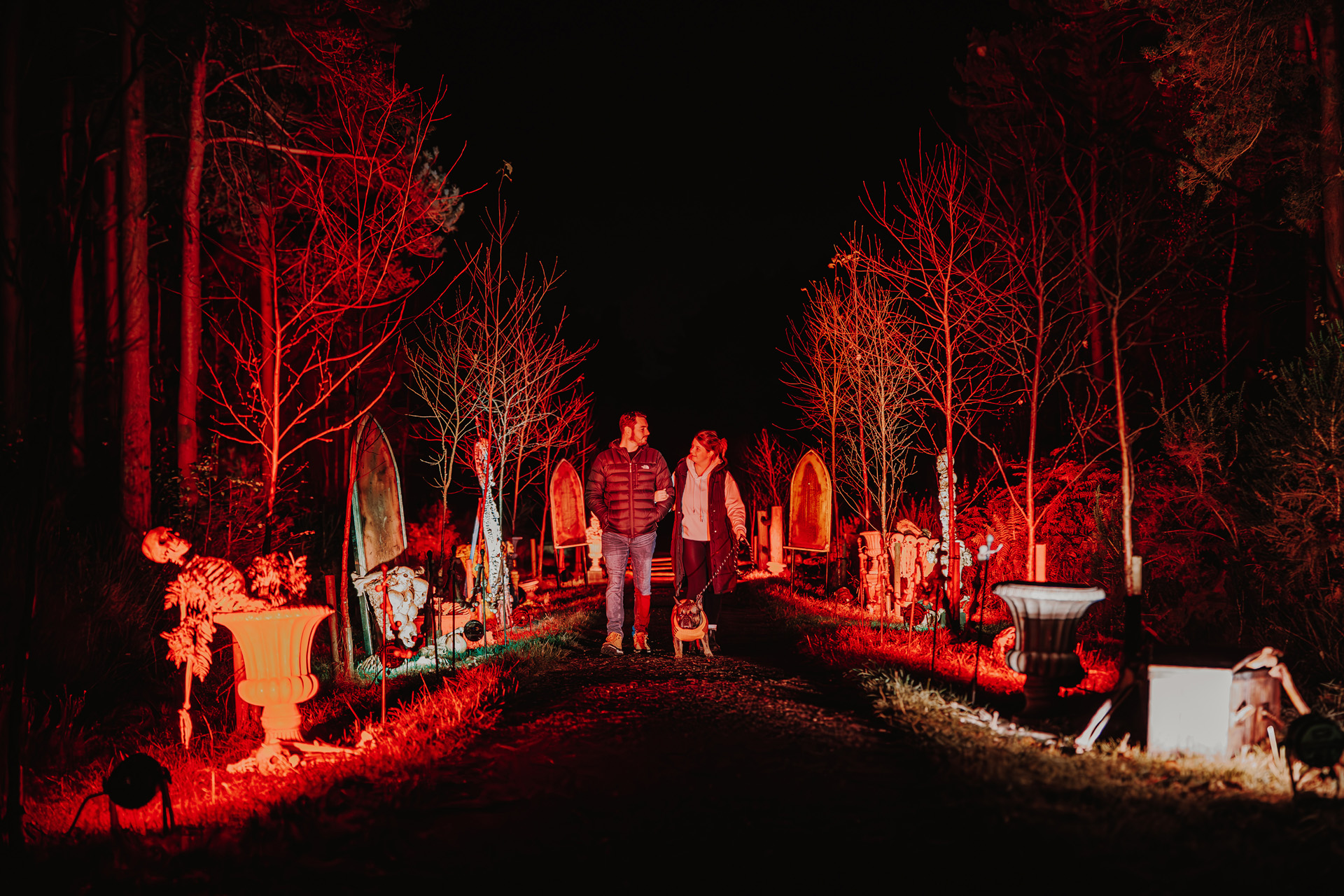
Step aside Christmas light trails, Halloween trails are the new activity du jour. (Halloween at Kenwood House, London © Luke Dyson)
What Is The Origin Of Halloween?
It may sound sacrilegious, but we can find Halloween’s roots in Christianity (even though many Christians do not recognise the spooky night because of its associations with ghosts, spirits, demons, fear and evil). But the orange-hued and pumpkin-obsessed annual tradition we know today is thought to have emerged from All Saints’ Day (aka All Hallows’ Day) – the night before All Hallows’ Day. ‘Hallowe’en’ is a contraction of ‘All Hallows’ Eve’.
All Saints Day is an annual Christian feast day in which, as the title implies, all of the saints are celebrated, both known and unknown. All Saints Day was originally celebrated closer to Easter and Pentecost, but gradually shifted to 1 November. In the Christian calendar, the next day, 2 November, is All Souls Day: a day of prayer and remembrance of the departed. In Mexico, both days are celebrated as ‘Dia de los Muertos’ – Day of the Dead (which you can find out more about here).
This all said, some theories suggest Halloween evolved not from All Hallows’ Eve but instead from the Celtic/Gaelic festival of Samhain. Still celebrated by some, Samhain marks the end of harvest season and the beginning of winter, celebrated on the evening of 31 October, which is about halfway between the autumn equinox (day and night are equal length) and the winter solstice (the shortest day). It is possible that Samhain came first and was later Christianised as All Hallows’ Day.
Despite its importance in the Gaelic calendar (it is one of four seasonal festivals), neither Samhain nor Halloween have ever been a bank holiday nudging the festivities further into the evening in the modern world.
Halloween’s associations with the dead have transformed into the Halloween we know today: a focus on the saints’ ghosts and spirits has gradually transformed to encapsulate monsters, horror, the macabre and the supernatural.
And that particularly American flavour? This can be traced back to Irish and Scottish immigration to North America from the 19th century onwards, with their original customs gradually transforming into the Halloween festivities we know today. For example, carving pumpkins into jack-o’-lanterns (which started in Scotland as carving turnips), trick or treating (aka guising in Scots), dressing in fearsome costumes, apple bobbing, telling scary stories and lighting bonfires – though, in the UK, we usually save the latter for 5 November.
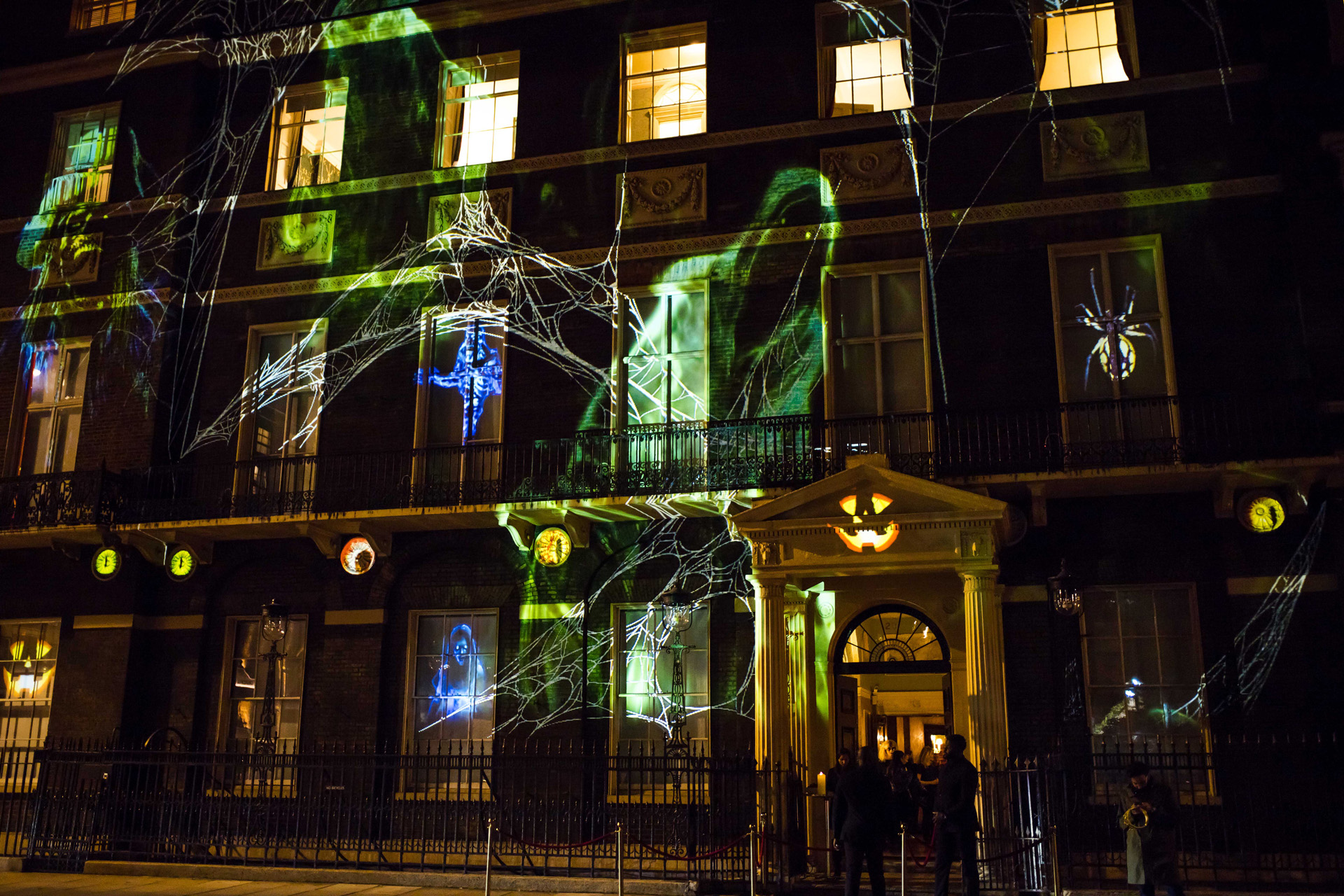
Home House is one of London’s very best places to celebrate Halloween this year.
Who Celebrates Halloween?
The popularity of Halloween in the US and Canada has led to a spread of the festivities across the continent, including in Brazil, Ecuador and Chile. Across the Atlantic, the UK celebrates Halloween, as does most of continental Europe. Elsewhere, Australia and New Zealand celebrate as well as Japan and some other parts of Asia.
As mentioned above, in Mexico, Dia de los Muertos is celebrated instead, another celebration that has spread its wings to new territories in recent years. Plenty of Mexican celebrations take place in London around Day of the Dead; here are our favourites.
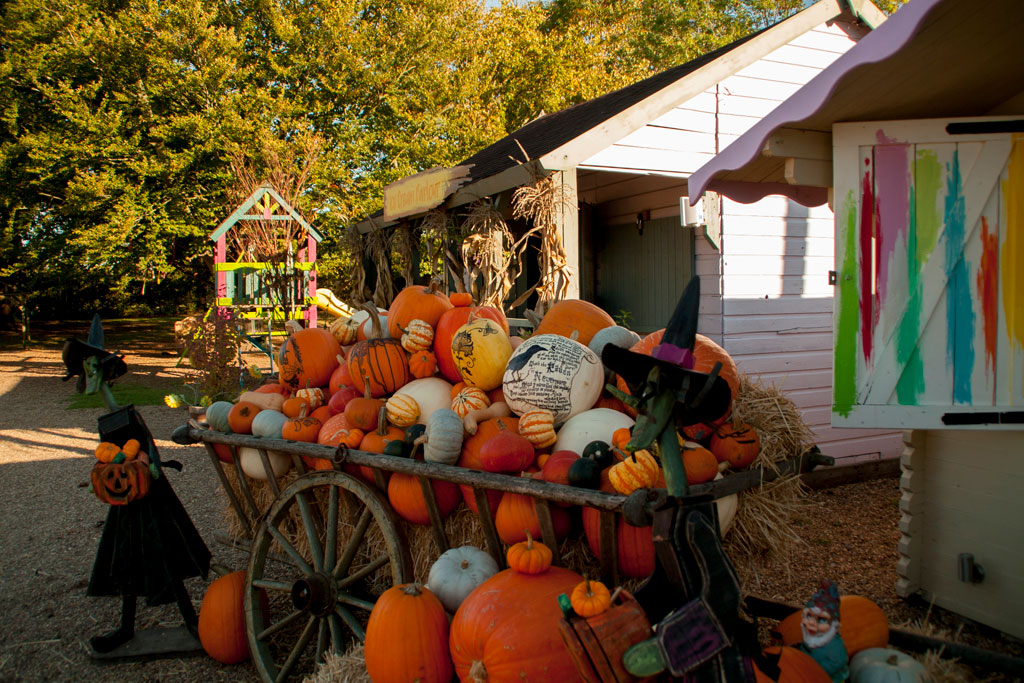
Pick-your-own pumpkin patches are one of the newer popular additions to the Halloween festivities.
Why Do We Celebrate?
So, when you don your scary costume and carve your pumpkin, what is it all in aid of? While the holiday has evolved to incorporate lots of sweets and wasteful decorations, at its core, Halloween commemorates the dead, from saints to departed family members.
Historically, a large part of the festivities would be visiting the graves of your relatives, lighting a candle and sitting with them. In Mexico, this tradition persists: Dia de los Muertos involves building an altar (or ‘ofrenda’) filled with the deceased’s favourite foods and beverages alongside their photos, encouraging their souls to visit so they can hear the prayers of the living.
But today Halloween is mostly used as an excuse to have fun: to introduce little ones to trick or treating (or pumpkin picking ahead of time), to get dressed up and to attend (or host) blow-out parties. And while we don’t usually need an excuse for the latter, it’s nice to have an off-beat reason to gather with our friends ahead of the dark, frosty winter.

